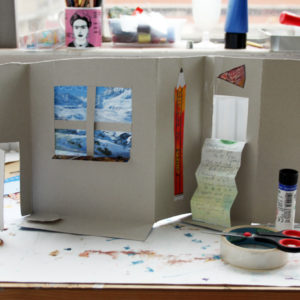Many pieces of sculpture have a very particular relationship to the ground on which they stand. We all stand on the earth, and everything we make is affected by the pull of gravity. The materials we use to make sculpture have all come from the earth, in one way or another.
In this activity, we challenge you to make “mini sculptures” inspired by the words: “Belonging to the Ground.”
Notes for Teachers
-
This activity is suitable for all children.
-
You can use the activity as a standalone session (1 hr) or extend and develop work over a series of sessions.
-
See other resources in the “AccessArt & Saatchi Learning” series to extend your exploration of contemporary sculpture.
Before you start, remember that this is an opportunity for pupils to feel free to interpret and explore these ideas with as much freedom as they need. Part of the power of this kind of working is that it gives pupils the chance to feel their way through an exploration of transformation of materials, and working to a loose brief, without feeling restricted by preconceptions of what they will create.
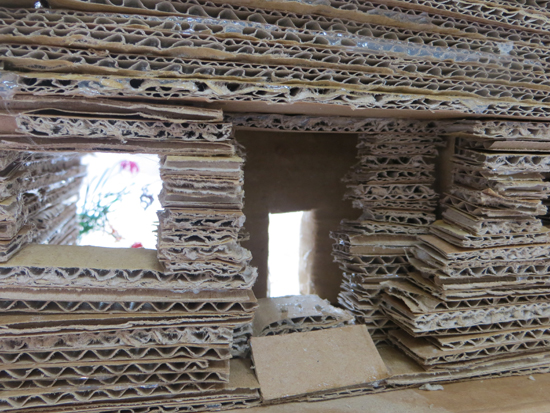
What do we mean by “Belonging to the Ground”?
Before you begin, talk as a group about what the phrase “belonging to the ground” might mean to you.
You might want to start by using your body, or even just your foot or hand, to explore your relationship with the ground. Make a shape with the ground – lay flat on your back, or make a bridge, or place you palm on the ground, or make a shape with your hand and rest 3 fingertips on the ground. What is YOUR relationship with the ground. Are you surrendering to the ground and to gravity – or are you resisting? Are you at rest or about to spring into action?
There are no set answers to these questions, only an exploration of what it means to you, to explore your relationship with the ground.
To Begin…
Before the workshop, gather a pile of materials so that pupils can make personal choices about which materials to use.
-
Thread
-
Cardboard
-
Sticks
-
Textile scraps
-
Paper scraps
-
Glue gun
-
Tape
-
Elastic bands
-
Wire
With the phrase “Belonging to the ground” in your head, gather your materials. Choose materials you are attracted to, and try not to worry about what you might make at this point. As you gather your materials be curious about them – handle them, and examine them. Start to think about how might you use them.
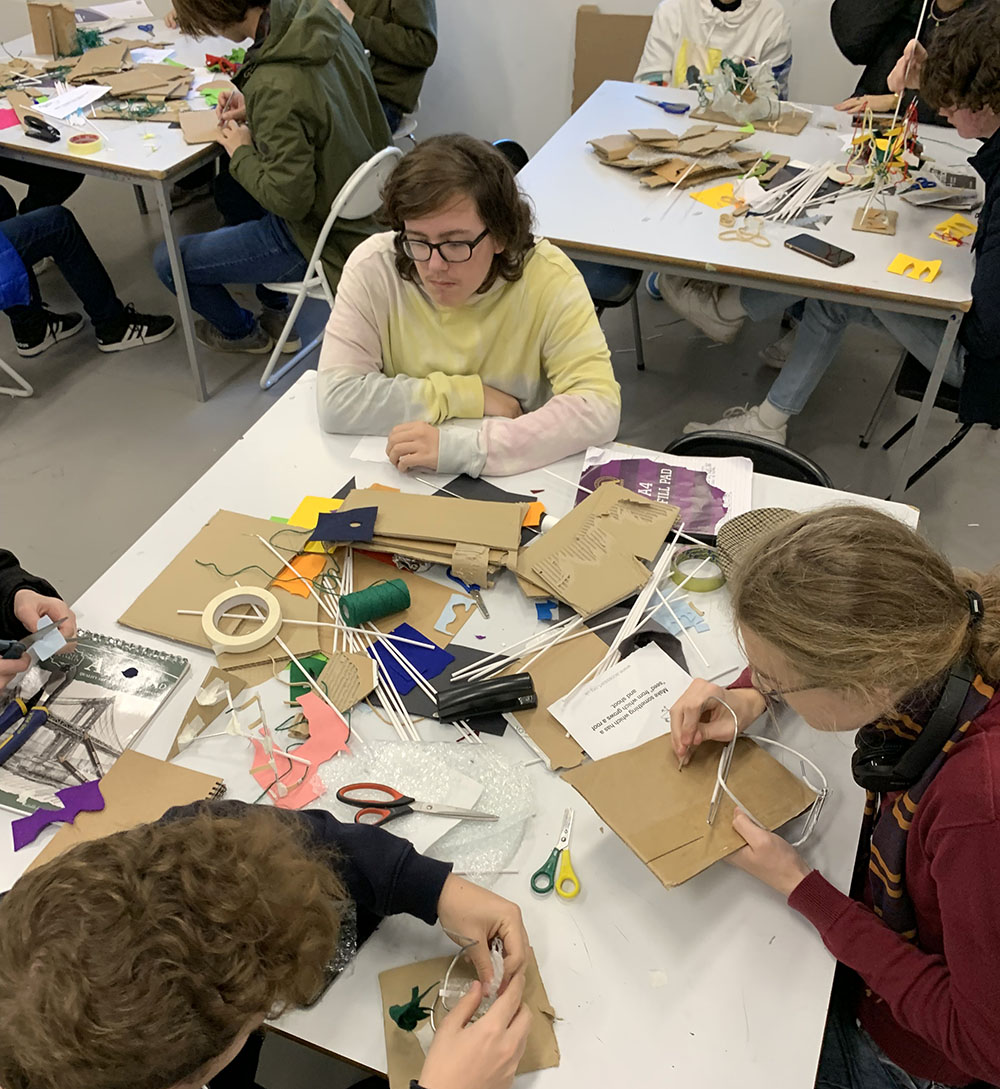
Start Building…
Begin to play with your materials. At this stage it’s important to know that you will not have much of a plan for what you are doing. Instead you are going to find ideas through playing with the materials.
It may be helpful, as well as thinking about the phrase “Belonging to the ground” to think about the following words (or other words you would prefer to use):
Growth, Tendril, Steady, Grounded, Waiting, Calm, Repose, Peace, Heavy, Stable, Balance, Flat
Start by putting two or more materials together. How will you shape them, tie them, combine them? What do the materials themselves make you think and feel? Do you need to destroy your materials before you construct with them? Play. Explore. Keep looking at what you are making – what do you like? What’s working? What’s not working?
Follow your instinct. It may be that you still don’t know what it is that you are making – that’s OK – but as you play something will emerge. Don’t put too much pressure on yourself. Let the thing you are making come to life. And remember it doesn’t have to BE anything – it doesn’t have to have a name. It’s just a playful sculpture.
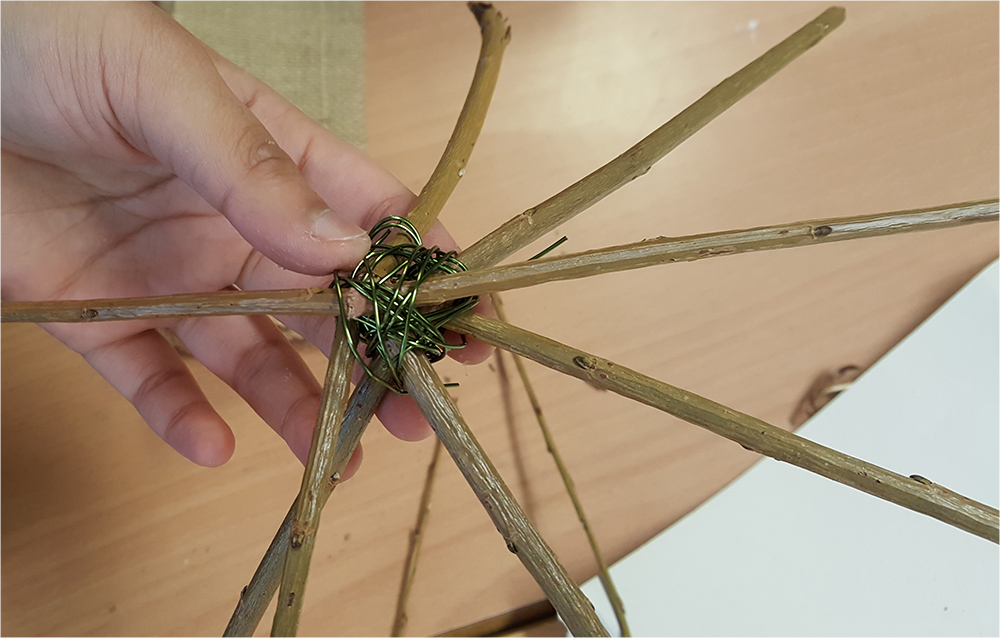

Keep thinking about the ground. How does the thing you are making relate to the surface it stands on?
It might help to place a marker down on the ground/surface – a sheet of coloured paper for instance – to remind you of the ground’s presence.
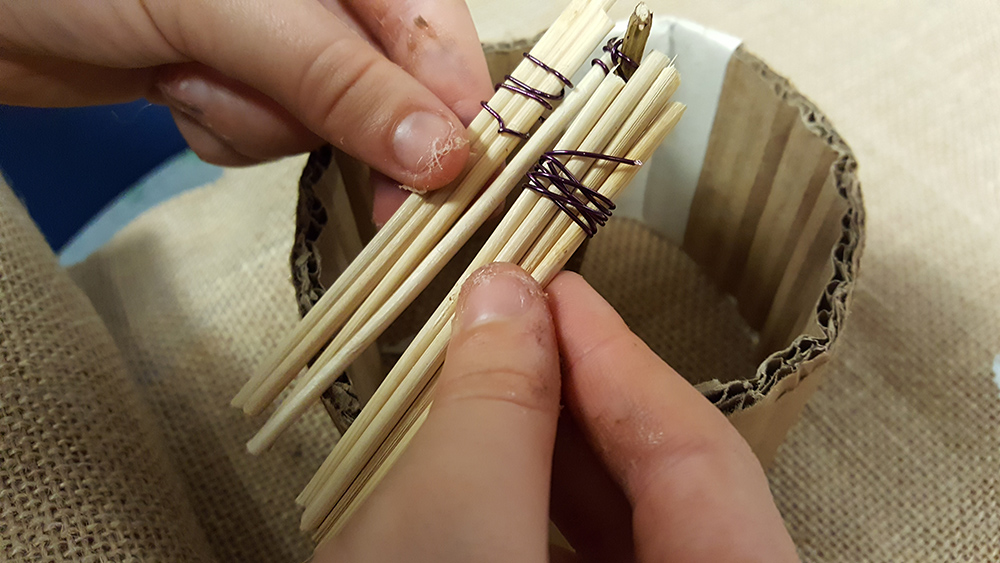
Think about gravity – how does gravity act to pull the materials of your sculpture towards the ground? How many legs does it stand on? Does it balance? Does it feel heavy? Light?
Does it stand on the ground but try to leave the ground? Or does it stand on the ground and snake along the ground?
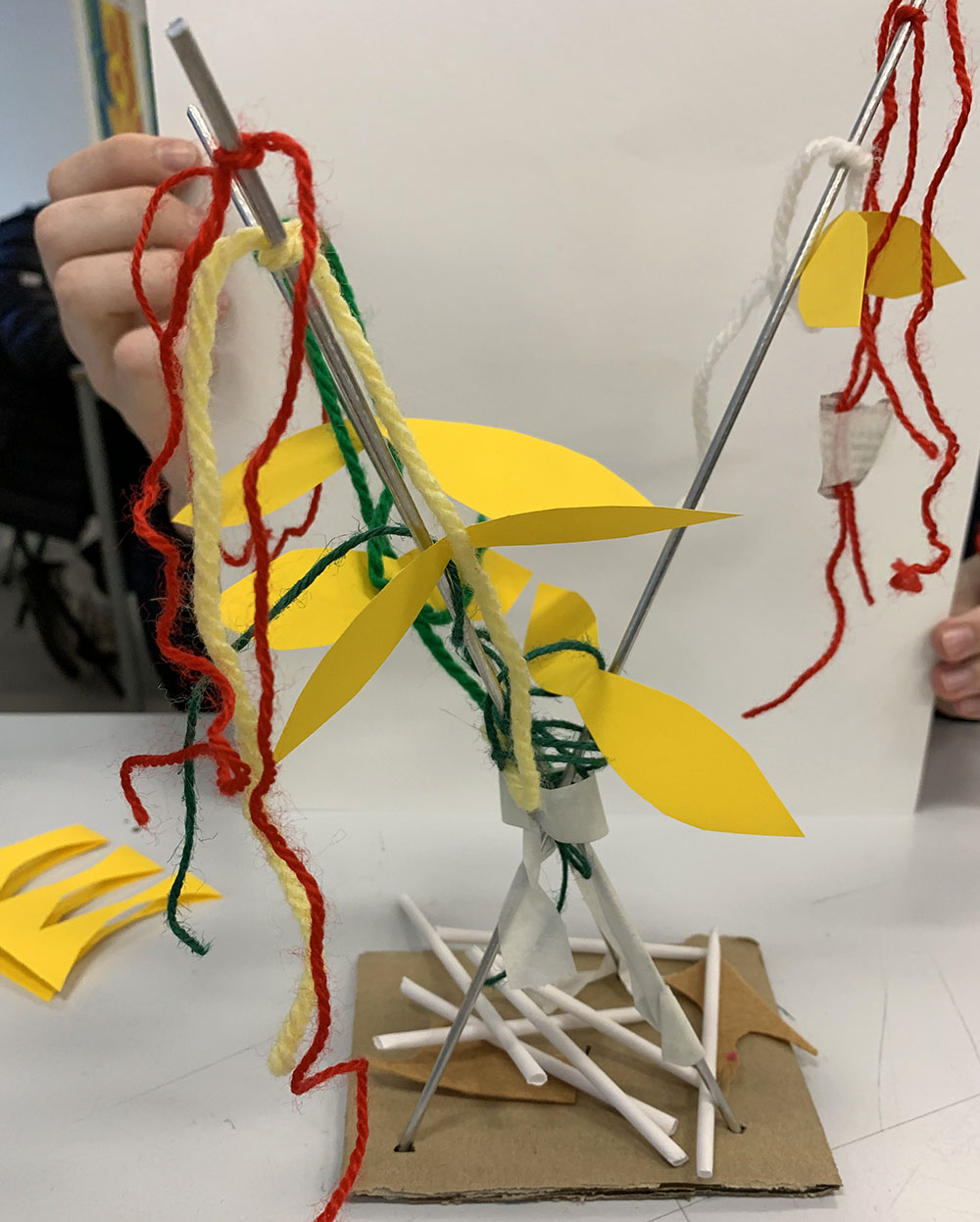
Each sculpture should be no more than 25 cm x 25 cm x 25 cm.
You May Also Like….
Visual Arts Planning Collections: Cardboard and paper

Set Design with Primary Aged Children
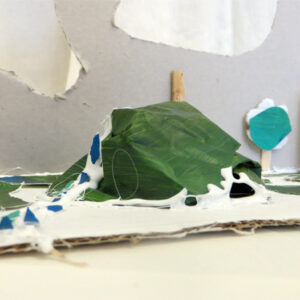
set design resources
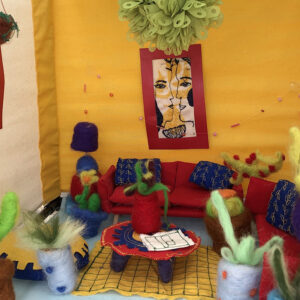
You May Also Like…
session recording: exploring modroc
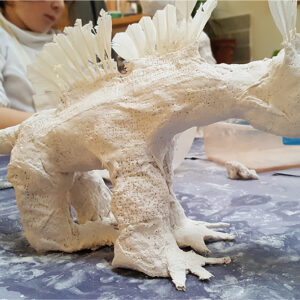
See This Resource Used In Schools…
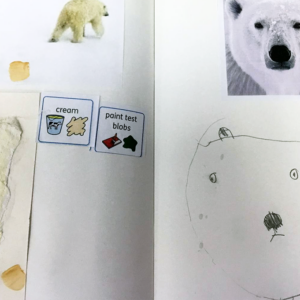
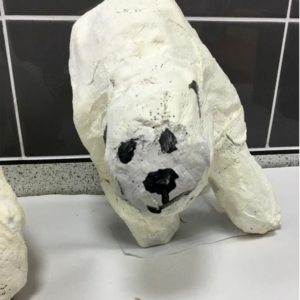
You May Also Like…
Pathway: Using Art To Explore Global Issue
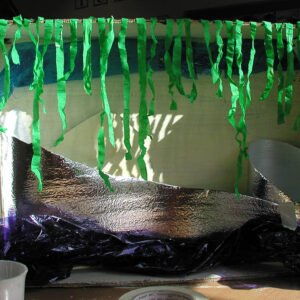
session recording: exploring modroc

Show me what you see
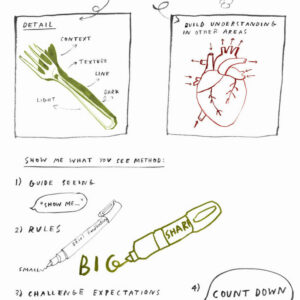
See the Resource Used in Schools…
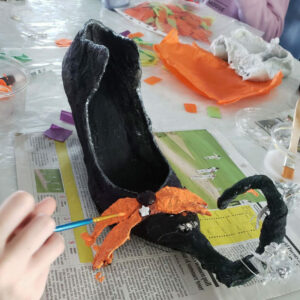
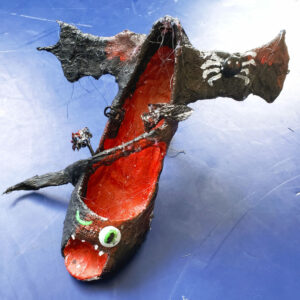
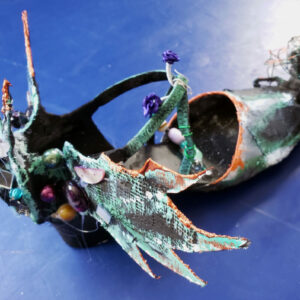
You May Also Like…
session recording: exploring modroc

You May Also Like…
Visual Arts Planning Collections: Toys, puppets, dolls
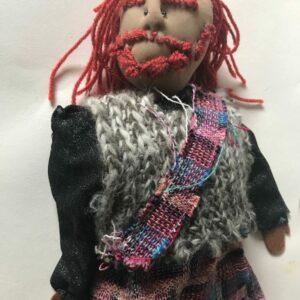
world in a matchbox
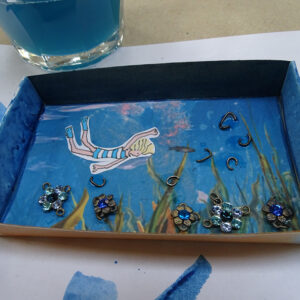
creating a book world
